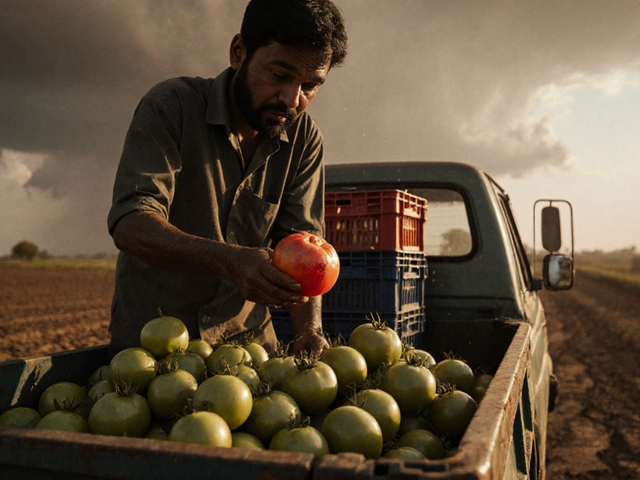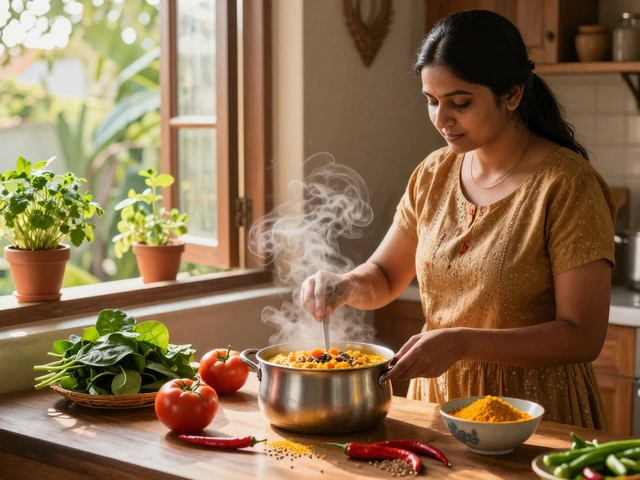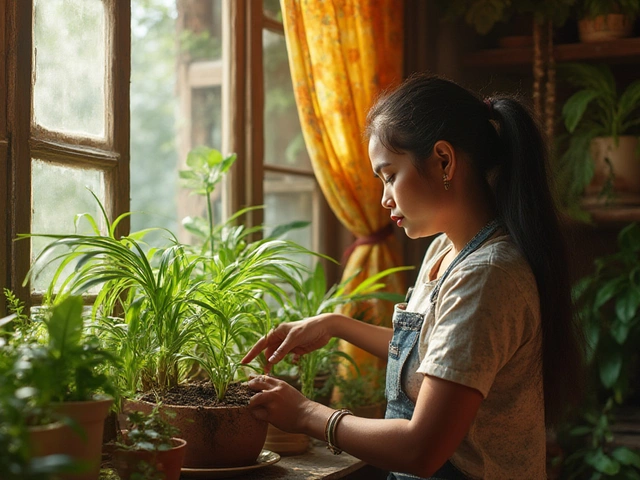Who Invented Rice? Uncover the Roots and the Facts
Ever wondered who actually invented rice? The short answer is: no single person did. Rice was tamed by ancient farmers over thousands of years. Let’s break down where it started and what that means for gardeners today.
Where Rice First Came From
The earliest evidence of cultivated rice shows up in the Yangtze River valley of China around 9,000 years ago. Charred grains and ancient tools suggest tiny communities were already pulling the plant out of the wild. Around the same time, similar wild rice grew in the foothills of the Himalayas, and South‑Asian farmers began selecting the best plants for their fields.
In India, rice appears in the Indus Valley sites dating back to 5,000 BC. Those people didn’t ‘invent’ rice; they simply learned which plants gave the biggest harvests and started planting them year after year. Over centuries, the grain spread to Southeast Asia, Japan, and eventually the whole world.
So, rice isn’t a single invention – it’s a collective achievement of early humans who observed, saved seeds, and shared knowledge across generations.
Growing Rice Today: Key Tips
If you’re curious about growing rice in your backyard or small paddies, start with the right soil. The best soil for rice cultivation is a heavy, water‑retaining type like clay loam. It holds water long enough for the seedlings to develop strong roots.
Keep the field flooded for at least 3–4 weeks after planting. The water layer should be about 5 cm deep; this stops weeds and creates the right environment for the plant’s roots. In India’s monsoon zones, natural rain can do the job, but in drier areas you’ll need a simple irrigation system – drip irrigation works well, especially if you bury the lines a few inches underground to keep the water steady.
Watch the yield numbers: a healthy rice plant can produce anywhere from 100 to 200 grains per panicle, and a single field can yield 4–5 tons of rice per hectare. Knowing how many grains you can expect helps you plan harvest and market needs.
Be aware of the risks. Weather swings, pest attacks, and price changes can hit the rice business hard. Using organic pest control, rotating crops, and keeping a close eye on market trends can reduce those risks.
Finally, remember that rice isn’t just a food crop; it’s part of cultural traditions across India. Planting a few rows in your garden can connect you to centuries of history while giving you fresh, home‑grown grain for your kitchen.
So, while no single inventor gets credit, the collective effort of ancient farmers gave us the rice we love today. By understanding its origins and following simple growing tips, you can become part of that long‑standing story.
Who First Discovered Rice? Tracing the Ancient Roots of Rice Cultivation
Dig into the true story of rice’s origins. Track who first cultivated it, how rice spread, and what cultures shaped the world’s most eaten food.
About
Rice Cultivation
Latest Posts


Why Tomato Is Costly in India?
By Alden Thorne Nov 11, 2025

Why Is So Much of India Vegetarian?
By Alden Thorne Dec 5, 2025

Most Sustainable Plant in the World: A Real Game-Changer for Your Garden
By Alden Thorne Apr 23, 2025

